
Nectaroscordum siculum (Allium bulgaricum) bulbs — Buy online at Farmer Gracy UK
Shop Allium Bulgaricum Allium Bulgaricum Write a Review A curiously beautiful allium with sprays of cream and burgundy bells. As the flowers fade, the seed pods lift themselves skyward. Good for naturalizing in perennial borders or more informal areas. Also known as Nectaroscordum silculum var. bulgaricum. Blooms Late Spring

Nectaroscordum siculum (Allium bulgaricum) bulbs — Buy online at Farmer Gracy UK
This plant is Nectaroscordum siculum, formerly known as Allium bulgaricum. Taxonomists have decided that it is not a true allium. It is also found under the taxonomic names Allium siculum, Allium dioscoridis, Nectaroscordum bulgaricum, and Nectaroscordum siculum subsp. bulgaricum. Common names are Mediterranean bells and Sicilian honey lily.

Nectaroscordum siculum ssp bulgaricum Rose Cottage Plants
Nectaroscordum is a small genus of 3-4 species from Central Asia, traditionally it is considered allied to the genus Allium in the former family Alliaceae (now included in Amaryllidaceae).Using traditional morphological characters, species in this genus are considered distinct. However, the recent power of DNA molecular phylogenetics clearly shows that this genus belong to Allium (Friesen et.
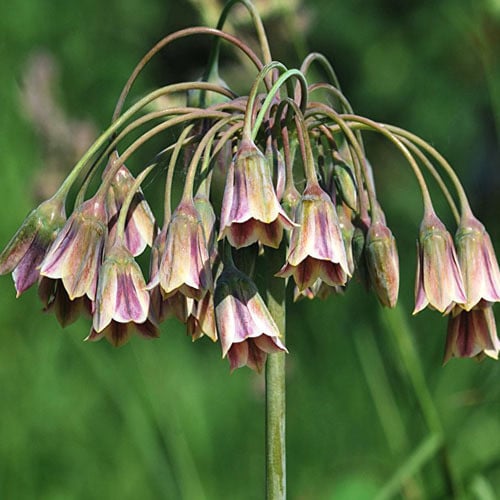
Nectaroscordum Siculum Var Bulgaricum Seeds (10 seeds) (Bulgarian honey garlic, Bulgarian Allium
Nectaroscordum siculum Sicilian honey garlicBulbFamily: Alliaceae Height: 1.2m Spread: 10cm Hardy Attractive to wildlife Flower colour: Foliage colour: Position Soil Nectaroscordum siculum is a fine species with large, nodding umbels of white or cream flowers, flushed pink or purplish red, and tinted green at the base.

Nectaroscordum siculum (Allium bulgaricum) Bulbs Buy online at Farmer Gracy UK
Formerly known as Allium bulgaricum, the Nectaroscordum siculum or Sicilian Honey Garlic has clusters of bell-shaped greenish flowers, flushed purple and edged white. It grows 36" tall and flowers May - June. Nectaroscordum will tolerate poor garden soil, and once established, it will naturalize easily.
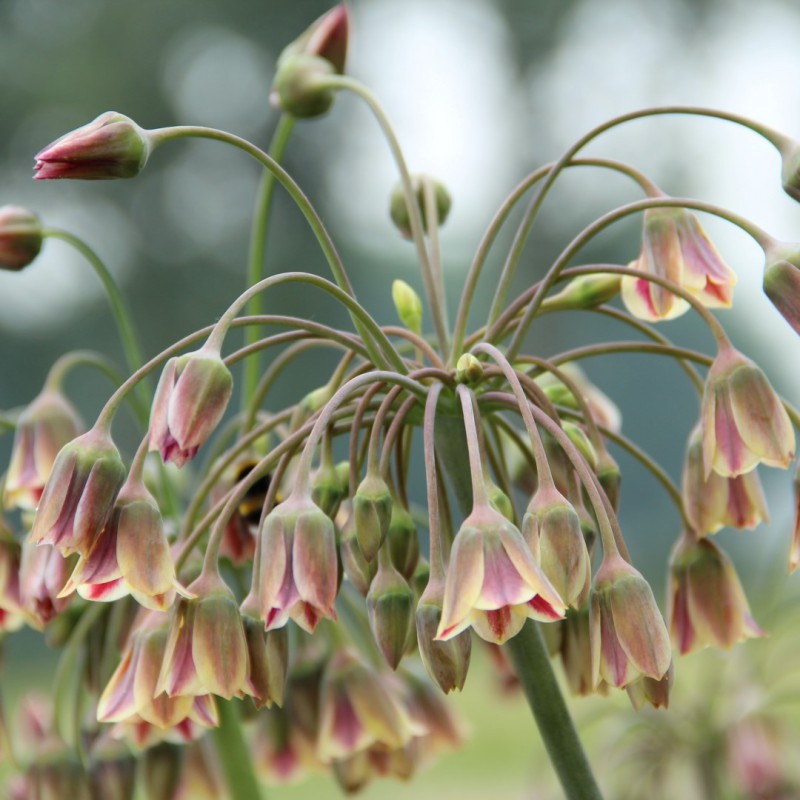
Nectaroscordum siculum subsp. bulgaricum
Nectaroscordum siculum is a bulbous plant that blooms between late spring and early summer. Let yourself be seduced by its umbels of flowers in bells!. (syn. Allium bulgaricum), is the proof! This bulbous perennial plant of the family Amaryllidaceae Who blooms in late spring or early summer seduced by its large umbels of 15 to 40 bell-shaped.
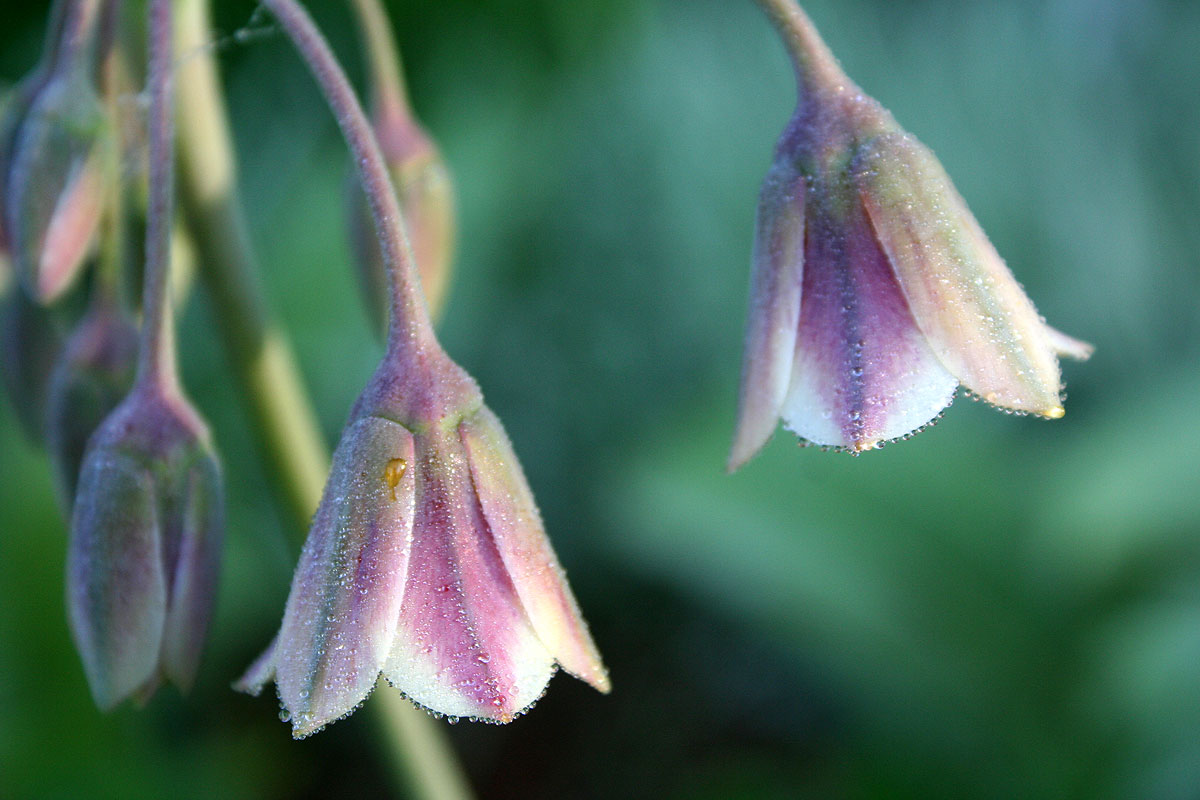
Nectaroscordum siculum ssp. bulgaricum Ellis Hollow
Nectaroscordum are deciduous bulbous perennials related to Allium and Lilium and grown for their handsome umbels of bell-shaped flowers and their seed heads when dried. They are a small subgenus of the genus Allium consisting of only two species, Nectaroscordum siculum and Nectaroscordum tripedale.
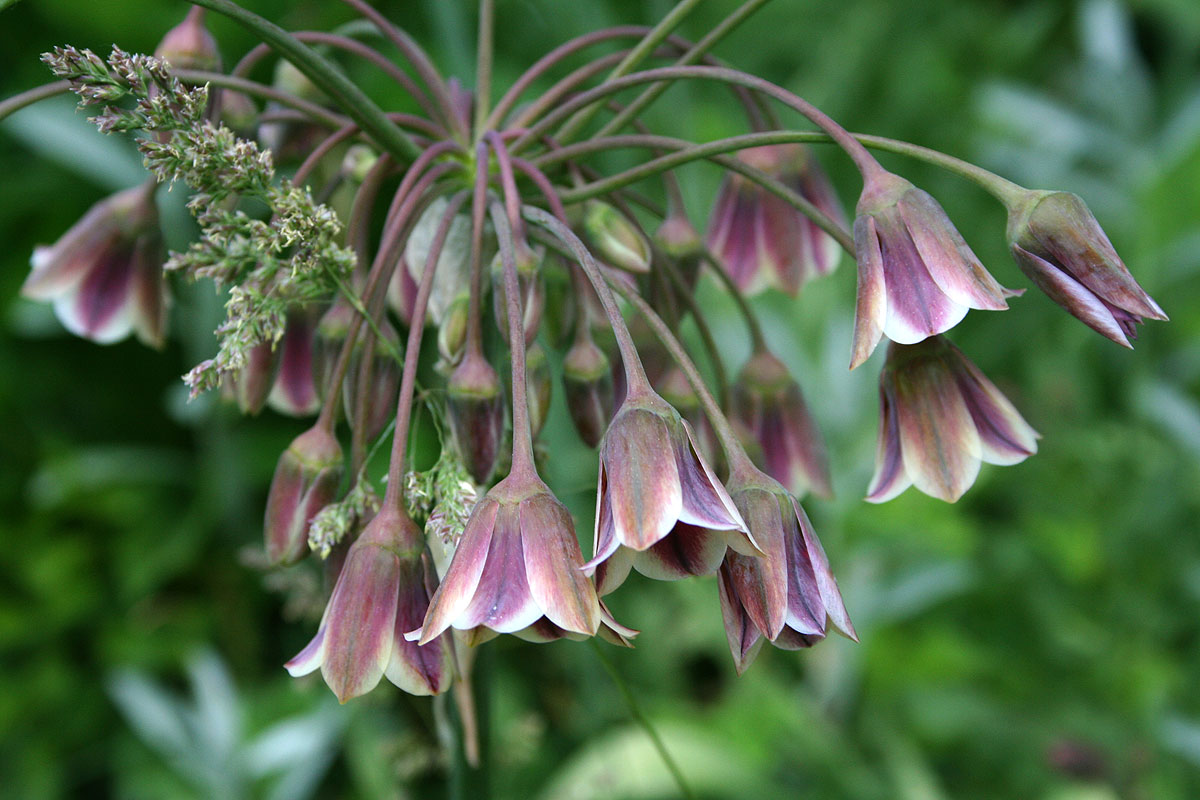
Nectaroscordum siculum ssp. bulgaricum Ellis Hollow
Nectaroscordum - siculum ssp. Bulgaricum Available March 2024 Item Number: 33-0101 Save to List Description ssp. bulgaricum - greenish white, tinged plum; draws lots of attention in the garden; 24″-36″. Product Details 4 5 Description

Nectaroscordum siculum var. bulgaricum Bulgaarse (sier)ui De Tuinen van Appeltern
An upright bulbous perennial to 1.2m tall, with narrow keeled leaves to 40cm long, and umbels of nodding green-tinged cream flowers with purple markings, in early summer, followed by erect seed capsules Synonyms Allium dioscoridis Nectaroscordum siculum subsp. bulgaricum see more Allium meliophilum Join the RHS today and save 25% < > © RHS © RHS

Nectaroscordum siculum (Allium bulgaricum) bulbs — Buy online at Farmer Gracy UK
Allium siculum ( syn. Nectaroscordum siculum ), known as honey garlic, [4] Sicilian honey lily, Sicilian honey garlic, or Mediterranean bells, is a European and Turkish species of plant in the genus Allium. It is native to the regions around the Mediterranean and Black Seas, and grown in other regions as an ornamental and as a culinary herb. [1]

Nectaroscordum siculum (Allium bulgaricum) bulbs — Buy online at Farmer Gracy UK
What are Nectaroscordum Lilies? Honey lily ( Nectaroscordum siculum) have many names including Sicilian honey garlic or Sicilian honey lily plants, and they are not often seen in spring bulb beds. They're worth tracking down, though, as you will get some showy flowers with these bulbs.

Stock photo Nectaroscordum siculum ssp. bulgaricum (Allium bulgaricum) Sicilian honey lily
June 11, 2015 C ALL IT WHAT YOU LIKE, but plant it. Whether labeled as Nectaroscordum siculum or Allium siculum, it's a wonderful oddball of a flowering bulb that always elicits inquiries from visitors at my June garden events, and for good reason—though some of its assets are not as obvious as its lovely dangling mauve and green bells.

Nectaroscordum siculum (Allium bulgaricum) Bulbs Buy online at Farmer Gracy UK
Accepted: Allium siculum subsp. dioscoridis Synonym: Nectaroscordum bulgaricum Synonym: Nectaroscordum siculum subsp. bulgaricum Synonym: Allium dioscoridis Synonym: Nectaroscordum dioscoridis Synonym: Allium bulgaricum Synonym: Allium meliophilum

The Beth Chatto Gardens I N > Nectaroscordum > Nectaroscordum siculum bulgaricum
The former genus Nectaroscordum has been absorbed into the genus Allium as a subsection, with the new name being Allium siculum. Oddly, Allium is actually the name used when it was first described nearly two centuries ago! What I like most about this plant is its staying power. I planted 10 bulbs 25 years ago. They're still there.
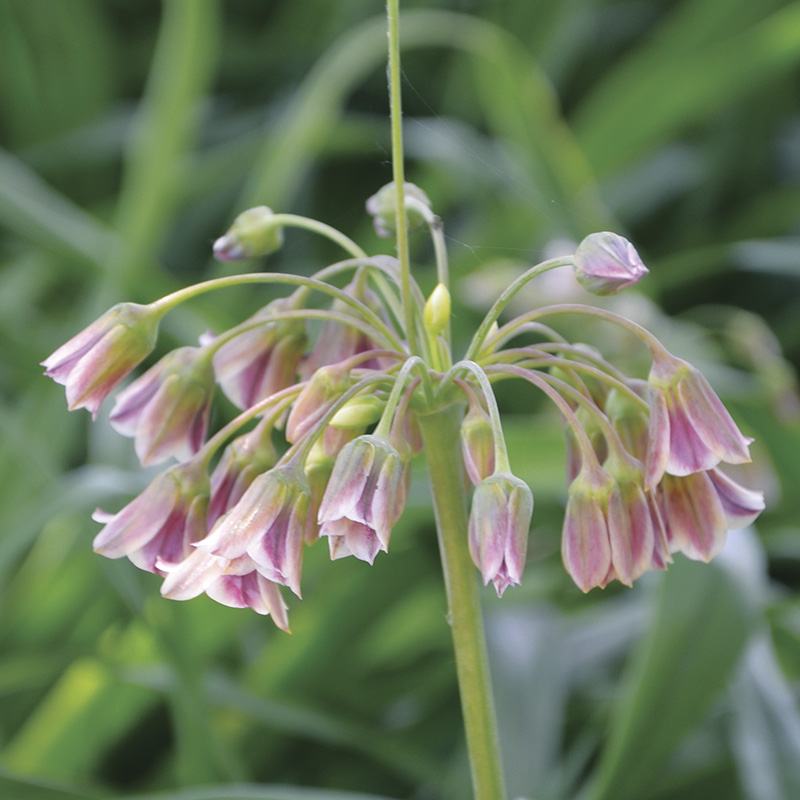
Allium bulgaricum (Nectaroscordum Siculum) Ernest TURC
Nectaroscordum siculum is related to alliums, but is more informal in its structure, making for an unusual choice that's sure to have people asking what on earth you've planted in your garden.

Nectaroscordum siculum (Allium bulgaricum) bulbs — Buy online at Farmer Gracy UK
Product Details Shipping Reviews Growing guide Also known as Nectaroscordum siculum var. bulgaricum. These creamy, bell-shaped blooms tinged green and pink hang from baseball-sized flowerheads, and the gray-green leaves take on interesting spiral twists. The papery, tan seedpods turn upwards as they mature. Will self sow.